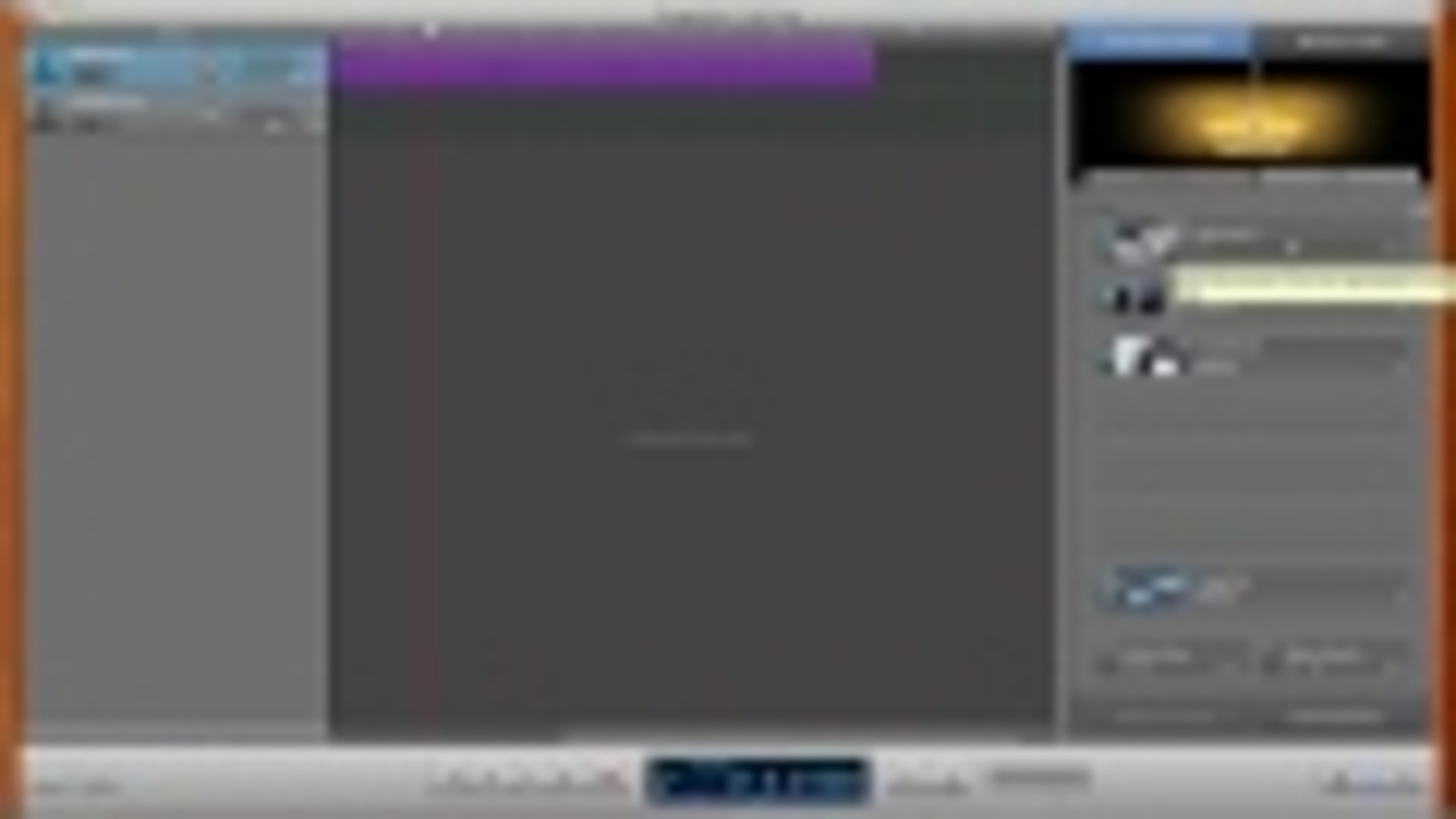
- #Program to get rid of dark noise for mac os
- #Program to get rid of dark noise pro
- #Program to get rid of dark noise software
- #Program to get rid of dark noise iso
What follows is a short list of useful products in order of my personal preference.

#Program to get rid of dark noise for mac os
There are lots of different noise reduction products available for Mac OS and Windows computers.
#Program to get rid of dark noise software
Most of today’s software relies on wavelet theory, which is a mathematical approach that identifies and suppresses noise at different frequencies, locations, and color channels. If noise is the problem, digital noise reduction (DNR) software is the solution.
#Program to get rid of dark noise pro
PhotoTools Pro contains over 250 effects that reproduce camera filters like neutral density, color correction and polarization as well as darkroom techniques and even noise reduction. So you can use the same PhotoshopĬompatible plug-in to enhance your image and reduce noise at the same time. Fortunately onOne Software’s ( wonderfully comprehensive PhotoTools includes a Noise Reduction tool as part of its Swiss Army Knife do-anything capabilities. While many camera’s image processing chips help reduce noise, sometimes you need something stronger.Īs we were going to press, I discovered that one of my other favorite noise reduction plug-ins, Noise Reduction Pro ( would no longer be supported although copies were still-as I write this-available for download. Then there’s accumulative noise, which is caused by using slower shutter speeds.
#Program to get rid of dark noise iso
Amplified noise is caused by setting high ISO speeds and is the digital equivalent of “pushing” film to achieve greater light sensitivity. That’s why you’ll sometimes hear the term signal-to-noise-ratio ratio, which is a measure of signal strength relative to background noise. Signal noise is caused by fluctuations in the distribution of how light strikes an image sensor. Random noise is created by fluctuations within the camera’s circuitry or even from electromagnetic waves outside the camera.

The dark current produced ends up being collected along with the data from light passing through the lens. Like film grain, digital noise has many different causes: Dark noise is produced by heat in the camera’s sensor during image capture. Photos © 2008, Joe Farace, All Rights Reserved Because of some slight underexposure, all noise reduction software could do was minimize, not totally eliminate the noise in this shot. Image was captured at 0.5 sec at f/3.5 and ISO 2000. This image of the Ponce Yacht & Fishing Club in Puerto Rico made at 9:23pm (thanks, EXIF data) is a classic high-noise situation. Digital cameras with physically larger (not just megapixels) sensors tend to produce less noise than those with smaller-sized sensors because a larger chip permits larger pixels that can absorb more light. Too much image compression produces an effect that appears to be noise but is really JPEG artifacts, which is an entirely different problem, but may have a similar solution. Noise varies with color and brightness and it is different for every camera or scanner, butīlue-channel noise is usually higher than other channels and shadow noise is typically higher than found in brighter areas. Digital sensor noise also increases during long exposure times made under low-light conditions, such as night photography.Ĭamera noise is spread across the frequency spectrum and includes fine and coarse components. Like grain, digital noise is most noticeable in photographs made at high ISOs and is more visible in areas of uniform color, such as skies and shadow areas. In traditional photography the nearest equivalent is film grain. Most digital cameras add some level of noise to captured images.

The noise that appears in digital photographs is the visual equivalent of the static you hear in radio signals.


 0 kommentar(er)
0 kommentar(er)
